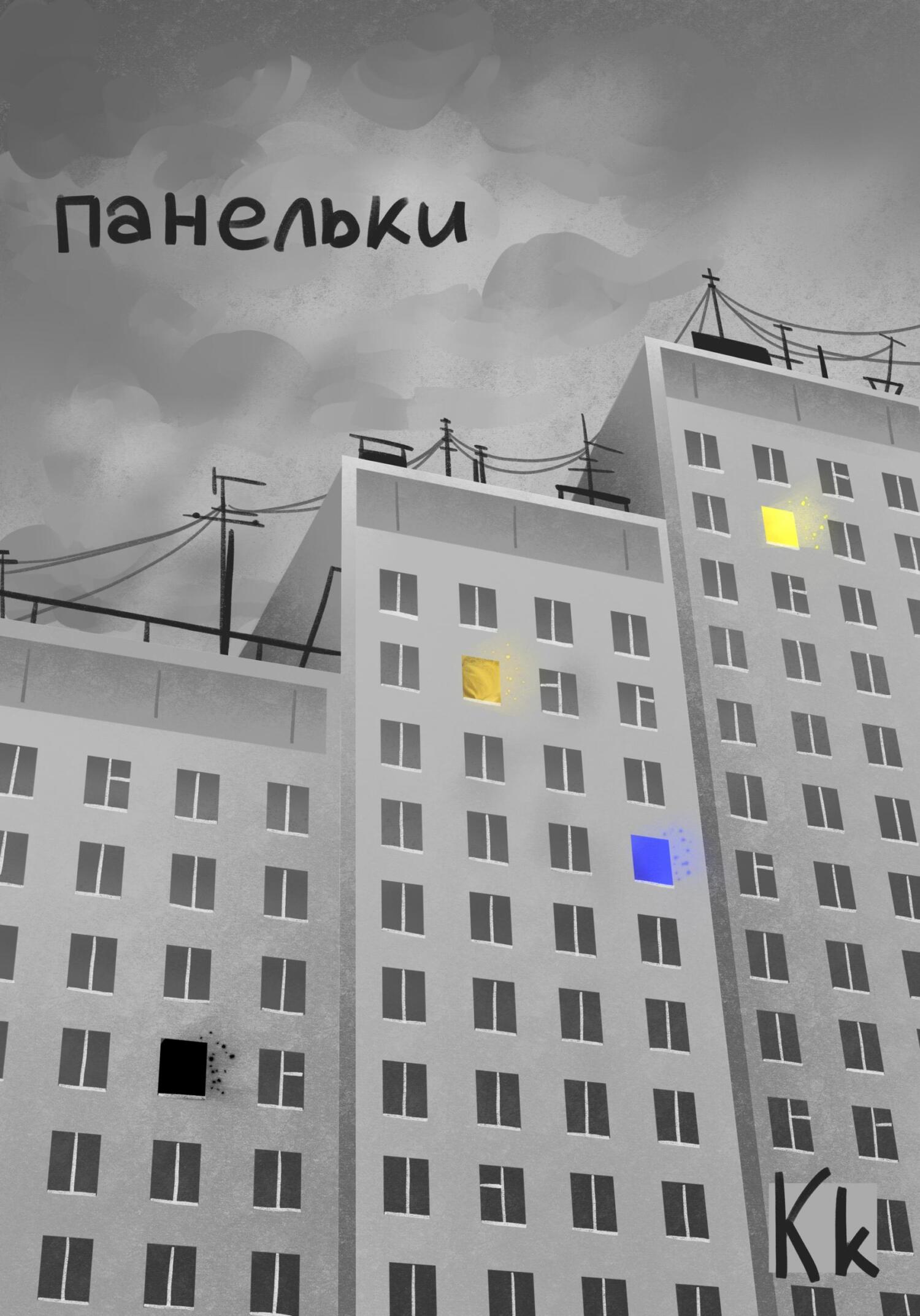93
S. Geldart et al., “The Effect of Early Visual Deprivation on the Development of Face Processing,” Developmental Science 5 (2002): 490–501; R. A. Robbins et al., “Deficits in Sensitivity to Spacing After Early Visual Deprivation in Humans: A Comparison of Human Faces, Monkey Faces, and Houses,” Developmental Psychobiology 52 (2010): 775–781.
94
M. E. Arterberry and P. J. Kellman, Development of Perception in Infancy: The Cradle of Knowledge Revisited (New York: Oxford University Press, 2016); C. C. Goren, M. Sarty, and P. Y. K. Wu, “Visual Following and Pattern Discrimination of Face-Like Stimuli by Newborn Infants,” Pediatrics 56 (1975): 544–549; A. Slater, “The Competent Infant: Innate Organization and Early Learning in Infant Visual Perception,” in Perceptual Development: Visual, Auditory, and Speech Perception in Infancy, ed. A. Slater (East Sussex, UK: Psychology Press Ltd., Publishers, 1998).
95
Arterberry and Kellman, Development of Perception in Infancy; I. W. R. Bushnell, F. Sai, and J. T. Mullin, “Neonatal Recognition of the Mother’s Face,” British Journal of Developmental Psychology 7 (1989): 3–15.
96
N. Kanwisher and G. Yovel, “The Fusiform Face Area: A Cortical Region Specialized for the Perception of Faces,” Philosophical Transactions of the Royal Society B 1476 (2006): 2109–2128.
97
M. Bilalic et al., “Many Faces of Expertise: Fusiform Face Area in Chess Experts and Novices,” Journal of Neuroscience 31 (2011): 10206–10214.
98
Bilalic et al., “Many Faces of Expertise.”
99
C. Turati et al., “Newborns’ Face Recognition: Role of Inner and Outer Facial Features,” Child Development 77 (2006): 297–311.
100
R. Adolphs et al., “A Mechanism for Impaired Fear Recognition After Amygdala Damage,” Nature 433 (2005): 68–72.
101
Hocken, Emma and I.
102
G. Kanisza, “Subjective Contours,” Scientific American 234 (1976): 48–52.
103
A. L. Bregman, “Asking the ‘What For’ Question in Auditory Perception,” in Perceptual Organization, ed. M. Kubovy and J. R. Pomerantz (Hillsdale, NJ: Lawrence Earlbaum, 1981); K. Nakayama and S. Shimojo, “Toward a Neural Understanding of Visual Surface Representation,” The Brain, Cold Spring Harbor Symposium in Quantitative Biology 55 (1990): 911–924.
104
S. R. Barry, Fixing My Gaze: A Scientist’s Journey into Seeing in Three Dimensions (New York: Basic Books, 2009).
105
E. E. Birch, S. Shimojo, and R. Held, “Preferential-Looking Assessment of Fusion and Stereopsis in Infants Aged 1–6 Months,” Investigative Ophthalmology & Visual Science 26 (1985): 366–370; R. Fox et al., “Stereopsis in Human Infants,” Science 207 (1980): 323–324; B. Petrig et al., “Development of Stereopsis and Cortical Binocularity in Human Infants: Electrophysiological Evidence,” Science 213 (1981): 1402–1405; F. Thorn et al. “The Development of Eye Alignment, Convergence, and Sensory Binocularity in Young Infants,” Investigative Ophthalmology & Visual Science 35 (1994): 544–553.
106
M. E. Arteberry and P. J. Kellman, Development of Perception in Infancy: The Cradle of Knowledge Revisited (New York: Oxford University Press, 2016); M. Arterberry, A. Yonas, and A. S. Bensen, “Self-Produced Locomotion and the Development of Responsiveness to Linear Perspective and Texture Gradients,” Developmental Psychology 25 (1989): 976–982; M. Kavsek, A. Yonas, and C. E. Granrud, “Infants’ Sensitivity to Pictorial Depth Cues: A Review and Meta-analysis of Looking Studies,” Infant Behavior and Development 35 (2012): 109–128; A. Tsuruhara et al., “The Development of the Ability of Infants to Utilize Static Cues to Create and Access Representations of Object Shape,” Journal of Vision 10 (2010), doi:10.1167/10.12.2; A. Yonas and C. E. Granrud, “Infants’ Perception of Depth from Cast Shadows,” Perception & Psychophysics 68 (2006): 154–160.
107
H. Wallach and A. O’Leary, “Slope of Regard as a Distance Cue,” Perception & Psychophysics 31 (1982): 145–148; A. M. Norcia et al., “Experience-Expectant Development of Contour Integration Mechanisms in Human Visual Cortex,” Journal of Vision 5 (2005): 116–130.
108
M. von Senden, Space and Sight: The Perception of Space and Shape in the Congenitally Blind Before and After Operation (Glencoe, IL: Free Press, 1960).
109
B. Tversky, Mind in Motion: How Action Shapes Thought (New York: Basic Books, 2019).
110
S. Hochstein and M. Ahissar, “View from the Top: Hierarchies and Reverse Hierarchies in the Visual System,” Neuron 36 (2002): 791–804.
111
Von Senden, Space and Sight; R. L. Gregory and J. G. Wallace, Recovery from Early Blindness: A Case Study, Monograph No. 2 (Cambridge, UK: Experimental Psychology Society, 1963); E. Huber et al., “A Lack of Experience-Dependent Plasticity After More Than a Decade of Recovered Sight,” Psychological Science 26 (2015): 393–401; O. Sacks, “To See and Not See,” in An Anthropologist on Mars: Seven Paradoxical Tales (New York: Alfred A. Knopf, 1995); A. Valvo, Sight Restoration After Long-Term Blindness: The Problems and Behavior Patterns of Visual Rehabilitation (New York: American Federation for the Blind, 1971).
112
O. Sacks, “To See and Not See,” in An Anthropologist on Mars: Seven Paradoxical Tales (New York: Alfred A. Knopf, 1995).
113
R. Kurson, Crashing Through: A True Story of Risk, Adventure, and the Man Who Dared to See (New York: Random House, 2007).
114
M. E. Arterberry and P. J. Kellman, Development of Perception in Infancy: The Cradle of Knowledge Revisited (New York: Oxford University Press, 2016).
115
Arterberry and Kellman, Development of Perception in Infancy; K. J. Kellman and E. S. Spelke, “Perception of Partly Occluded Objects in Infancy,” Cognitive Psychology 15 (1983): 483–524.
116
M. Wertheimer, “Laws of Organization in Perceptual Forms,” in A Source Book of Gestalt Psychology, ed. W. Ellis (London: Routledge & Kegan Paul, 1938), 71–88. Первая публикация: “Untersuchungen zur Lehre von der Gestalt II,” Psycologische Forschung 4 (1923): 301–350.
117
B. Tversky, Mind in Motion: How Action Shapes Thought (New York: Basic Books, 2019).
118
J. J. Gibson, The Ecological Approach to Visual Perception (Hillsdale, NJ: Lawrence Erlbaum Associates, Publishers, 1986).
119
A. Michotte, The Perception of Causality (New York: Basic Books, 1963).





